How To Boost A Low SAT Reading Score
Most students have an idea of how to boost their SAT Writing and Math scores. But it’s not so easy to figure out how to do better on the Reading section.
If you really want to boost your Reading score, you need to re-think and change how you approach and take the test.
[sat_one]
For more help on how to boost a low SAT Reading score, give us a call or check out our SAT prep course.
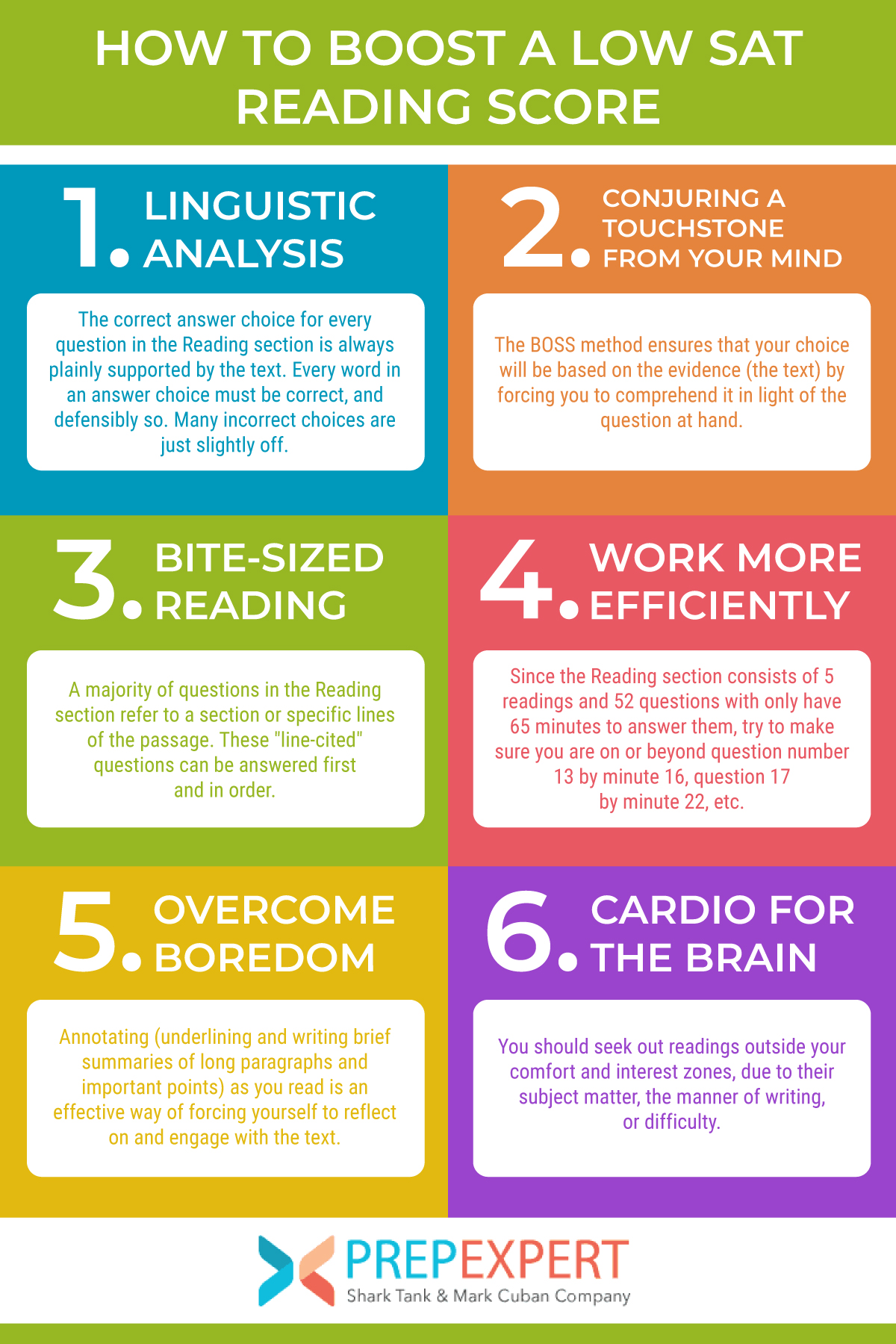
Linguistic Analysis
You should keep in mind the fact that every question on the SAT Reading question has only one provably correct answer, which means three of the four answer choices are probably incorrect.
The correct answers in the Reading section are as black and white and demonstrable as those in the Math sections. And the College Board spends a lot of time and money to ensure they can convincingly defend all of their answer choices, correct and incorrect – even in court if it came to that.
So, the correct answer choice for every question in the Reading section is never a matter of debate or interpretation and is always plainly supported by the text.
Therefore, to identify the correct answer more consistently, you will need to adopt a similar, legal sort of mindset. Every word in an answer choice must be correct, and defensibly so.
Many incorrect choices are just slightly off. You should challenge and question all of them accordingly.
Read like a detective, treating the passages as evidence and answer choices as likely suspects. Or, read like an attorney, scrutinizing and considering the meaning of every detail in a client’s contract.
[leadmagnet_five]
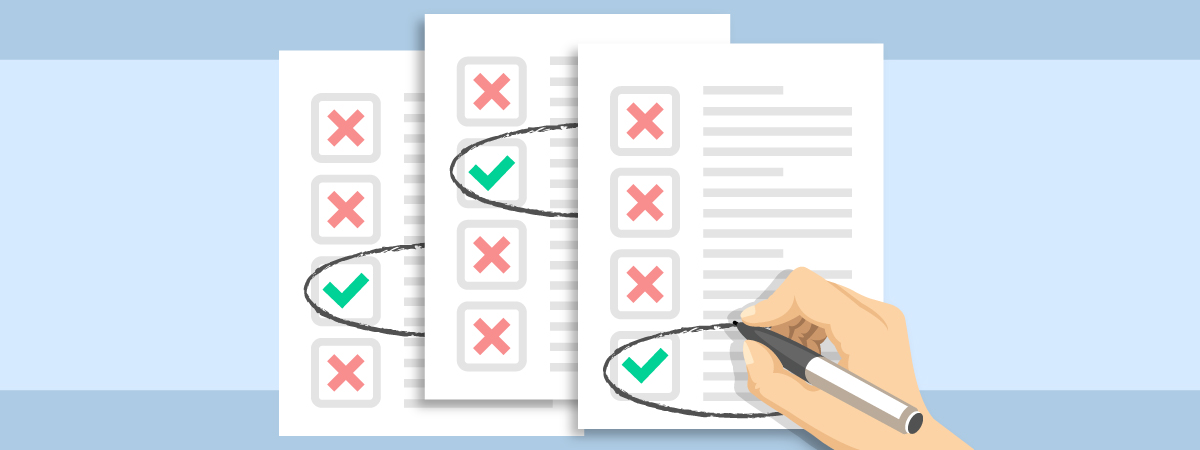
Conjuring A Touchstone From Your Mind
The fastest way to accurately determine the correct answer choice for a question is by formulating your own “BOSS” solution before reading them.
The BOSS method, one that we teach our students extensively in our SAT prep classes, ensures that your choice will be based on the evidence (the text) by forcing you to comprehend it in light of the question at hand.
Once you have formulated your own answer based on your reading, then are you ready to read and consider the answer choices.
Since your BOSS solution is based on the text (and not influenced by any misleading incorrect answer choices), you can trust that the choice that comes closest to your own answer is the correct one.
This method of answering questions is a little unnatural and takes some practice, but it will save you a lot of time by reducing the need to read a passage or consider various choices more than once.
Once you get good at it, these few seconds spared on each question add up to quite a few precious extra minutes by the end of the Reading section.
BOSS also spares you energy-wasting frustration from mulling over the merits of so many wrong answers and debating yourself about which to choose.
[sat_two]
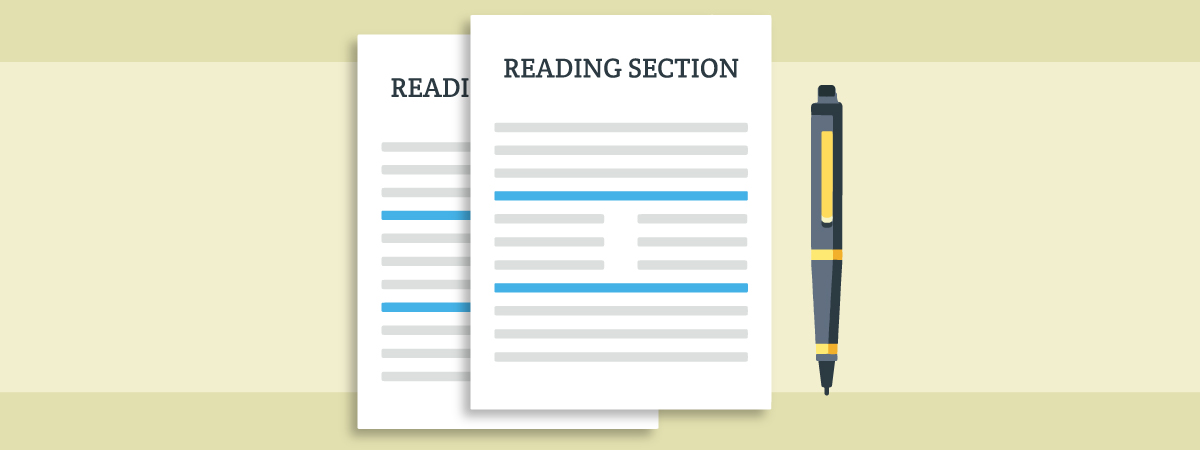
Bite-Size Reading
BOSS is even more effective and time-saving when you read the passage in “chunks,” answering the line-cited questions that refer to portions of the text first.
A majority of questions in the Reading section refer to a section or specific lines of the passage. These “line-cited” questions can be answered first and in order. You can skip over and save the broader questions for last since you will have read the entire passage by the time you get to them.
You should mark the chunks of text you read first according to the lines asked about in each line-cited question so it’s clear what you have read and haven’t read before reading the remaining parts of the passage more quickly and answering the general questions.
Answering the questions in this order, saving the broad ones for last, and reading the text in chunks saves time. You do not have to keep going back and forth, re-reading the text to find any evidence for any the choices.
It also improves comprehension and accuracy because you are not making yourself recall or find proof for different answer choices for question after question after reading the entire passage.
Instead, you make yourself understand only a chunk with a single question in mind at a time and formulate an answer based on the text alone before moving on to the next question and corresponding chunk.
By the time you’ve completed the last line-cited question, you’ll have read most of the passage; the rest of which, you can quickly skim. And then will be ready to answer the broader questions about the passage that you initially skipped.
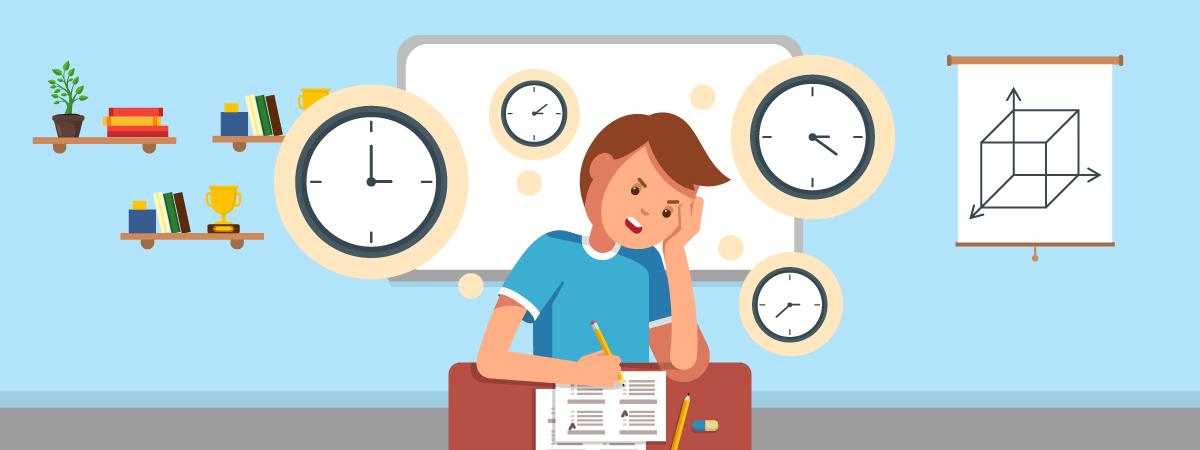
Work More Efficiently
A simple way to avoid running out of time is to wear a watch.
Since the Reading section consists of 5 readings and 52 questions and you only have 65 minutes to answer them, you can keep a good pace as the test proceeds by making sure you are on or beyond question number 13 by minute 16, question 17 by minute 22, question 26 by minute 32, and question 39 by minute 49.
Make sure you wear a watch that is reliable and is allowed by the College Board test rules.
You can also shave off some time by being more efficient in how you fill out your test book.
That’s right, instead of flipping back and forth between the test and test book, you can maintain your momentum by writing your answers directly on the test. Then take a moment transferring them to your test book after completing all the questions regarding a passage before moving on to the next passage.
It is also a good idea to find and start with the type of passage (social studies, history, literature, science, or comparison) you find easiest and leave the hardest passage for last. Doing the passages in order from easy to hard will increase the likelihood of leaving yourself more time for the harder passages.
If you still don’t have enough time to complete all the questions on the hardest passage, then you will be forced to guess on questions that you were more likely to get wrong than on questions about another passage you find easier.
You should also always note the sorts of details that the SAT tends to ask about and be ready to answer the inevitable, recurring types of questions you can expect in the Reading section.
So, for example, as you read a passage in which an author argues for or against something, you should note all the key arguments and supporting evidence an author gives and think about how and to what extent they support her argument, or what they might say to certain counterpoints.
When reading a literary passage, pay attention to the mood and tone evoked by the author’s style and word choice. And remember to look for clues and wonder about the emotions, thoughts, motivations, and key traits of the characters.
Thinking along these lines and anticipating certain types of questions concerning the significance of various events, actions, statements, or descriptions (e.g. about the often unorthodox or secondary (“most nearly”) meaning of certain words or phrases that can be derived from their context) will help keep you focused and save you time.

Overcome Boredom
We are much faster at reading and better at comprehending books, articles, and letters that we find interesting.
Unfortunately, there is a good chance you will not find all of the topics you read about on the SAT to be very interesting! You might even find them all boring in different ways.
A really dull or dense passage can slow anyone down. Since time is of the essence, you need to anticipate this and somehow find a way to counteract the effects when taking the SAT.
How to get yourself interested in otherwise uninteresting texts is largely a personal matter – what works for one might not work for another. But it might help if you can pretend the passage was written by someone you know, or that you are interested in its topic and that understanding it is crucial to you.
Perhaps vividly imagining a passage as a movie or documentary, compellingly narrated with feeling by your favorite actor would be enough to rouse your attention.
However you do it, tricking yourself to take genuine interest or faking interest will help you ask the right questions and spot the meaning and significance of details as you read; but doing so will take a bit of effort, imagination, and practice.
Annotating (underlining and writing brief summaries of long paragraphs and important points) as you read is an effective way of forcing yourself to reflect on and engage with the text.
You need to develop a critical reading mode that will allow you to pay attention and not miss anything important. This requires an active wondering about or questioning of every statement you read.
Ceaselessly marking the passage as you read it and noting what seems important will help keep your brain thinking about the text and focused on understanding it, without having to remember or re-read too much of it.
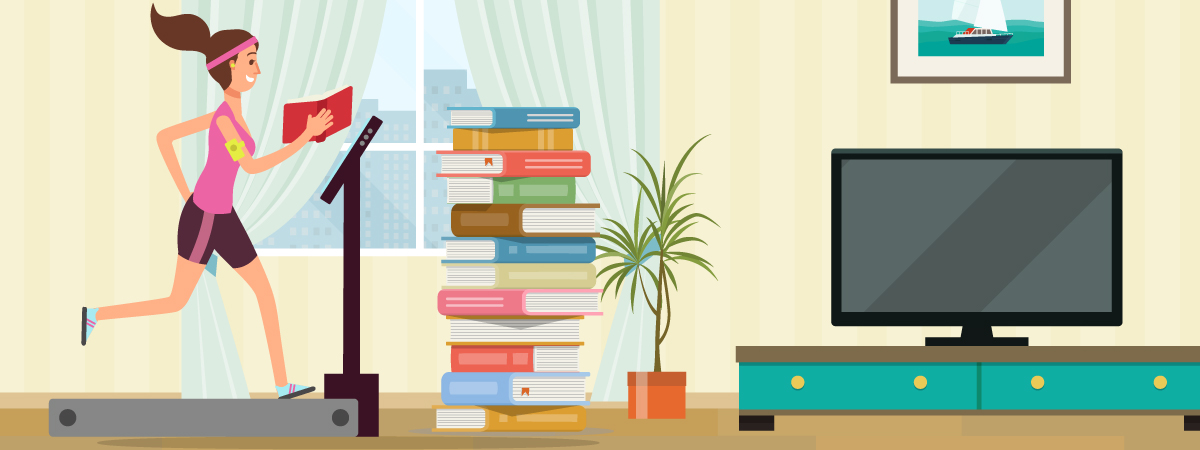
Cardio For The Brain
Finally, simply reading more will increase your reading comprehension (and improve your writing).
Besides reviewing the passages available on the College Board practice tests, you should also try to read more in your free time and whenever else you can.
All reading, even for enjoyment, is helpful for expanding your vocabulary and attention span. But it helps even more to read a variety of topics and authors you might be unacquainted with or even uninterested in.
Many students do poorly on the Reading section simply because they are unaccustomed to the types of readings the College Board uses. If you expand and expose yourself to a wider variety of scholarly or older writings; then you can help mitigate any disorientation these passages induce.
So, besides literature and articles that interest you, you should seek out readings outside your comfort and interest zones, due to their subject matter, the manner of writing, or difficulty.
Essays and old books by old writers, political speeches, treatises, complex and nuanced arguments, court decisions and legal scholarship, or anything that requires concentration and thinking to be understood will help you work out and strengthen the comprehension muscles inside your skull.
You can find some scholarly social science and history articles to develop your annotation and critical reading skills at the library and on various academic sites on the web.
These sites house thousands of articles, mostly written in the sort of detached, depersonalized, and formal academic prose used in many SAT Reading selections. The more you attentively read the sort of writings that you can expect to encounter on the SAT, the better.
The books, essays, and articles you choose to practice with should be hard copies, or printed out or copied so you can mark them up with impunity and get used to annotating as you read.
You can look at these interactive readings of diverse works as workouts for developing your brain’s ability to comprehend and endure long, stilted, formal, or abstract writings that you find uninteresting or complicated.
Not only will these comprehension exercises and habits help on the SAT, but they will also prepare you for a lot of the reading and thinking you’ll be doing in college!
[sat_three]
For more test strategy, college admissions, and scholarship application tips sign up for our FREE class happening right now!
Low SAT Reading Score FAQ
What is the SAT Reading section supposed to measure?
The SAT Reading section is meant to test your reading comprehension. The more you understand, the higher your score will be.
What can affect my comprehension during the SAT Reading section?
Students’ comprehension of the text during the test is impeded by three factors: a limited amount of time; lengthy passages; and dry or boring subject matter.
What can I do to answer questions quicker on the Reading section?
A majority of questions in the Reading section refer to a section or specific lines of the passage. These line-cited questions can be answered first and in order. You can skip over and save the broader questions for last since you will have read the entire passage by the time you get to them.
How can I save time when answering Reading questions?
You can also shave off some time by being more efficient in how you fill out your test book. Instead of flipping back and forth between the test and test book, you can maintain your momentum by writing your answers directly on the test, and then transferring them to your test book after completing all the questions regarding a passage.
Written by Todd Marcus
More from Todd Marcus

Taking The ACT Junior Year
If you're ambitious and want to give yourself plenty of time for score improvement, then consider taking the ACT junior…
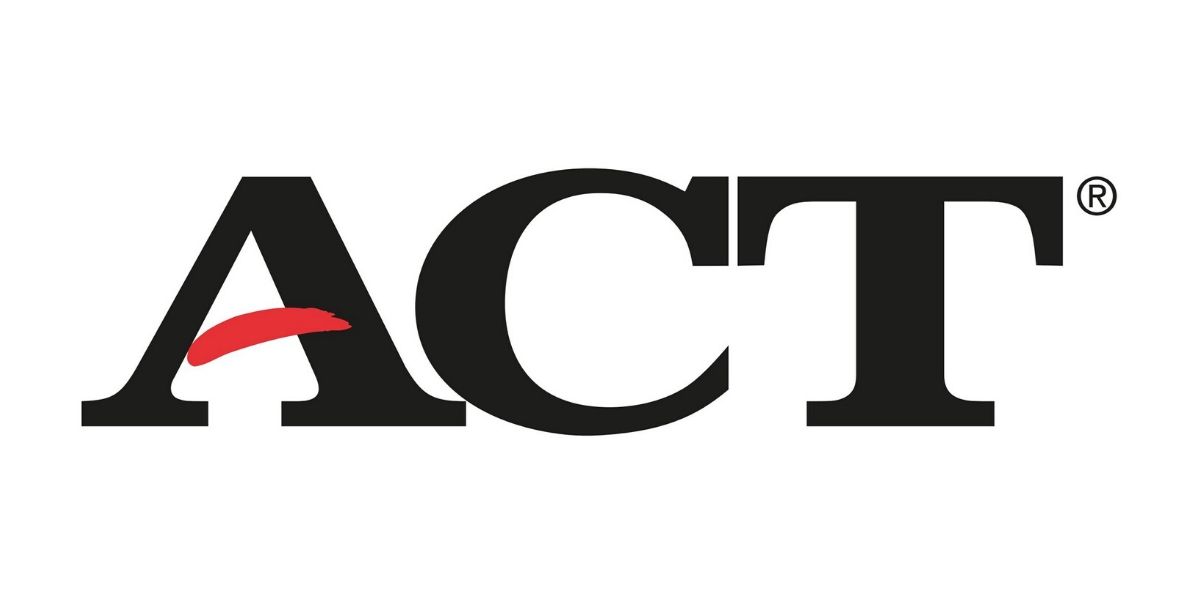
ACT 2020 Score Release Dates
Here then are the ACT 2020 score release dates to plan around, as well as, the different kinds of available…

How To Determine Your Average SAT Study Time
If you want a high score on the SAT, then you need to put in the hours. There's no way…